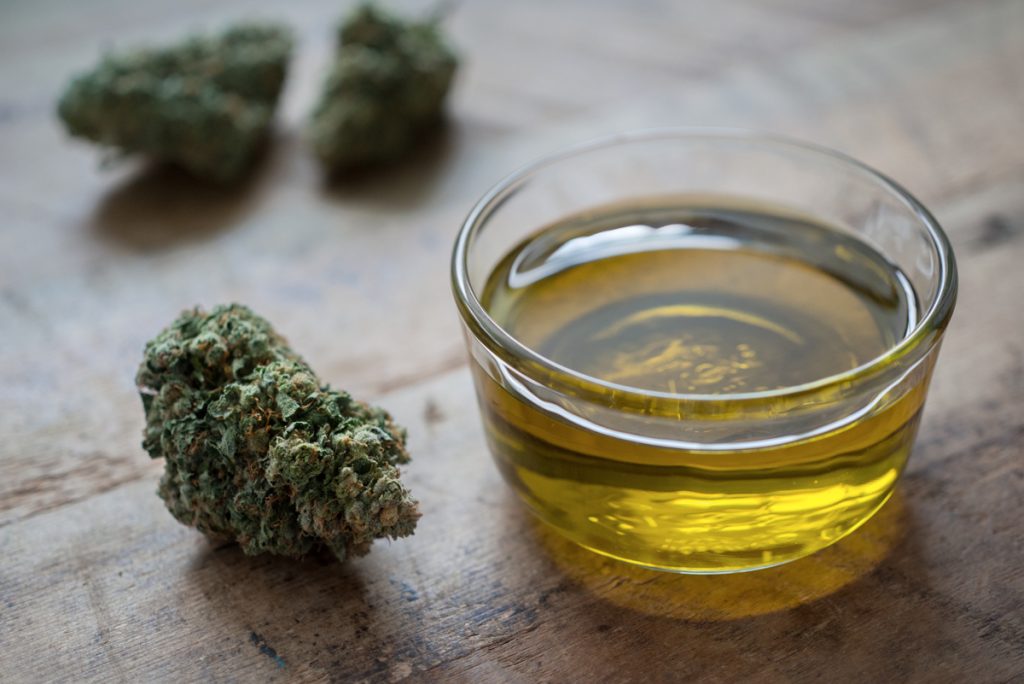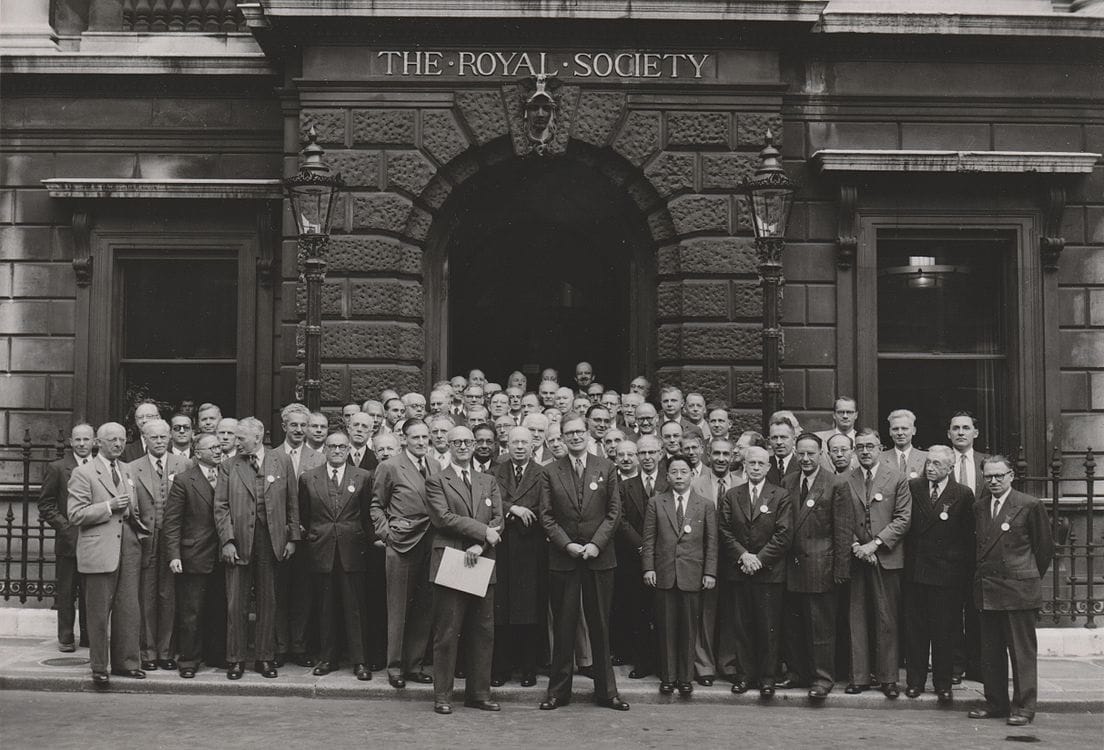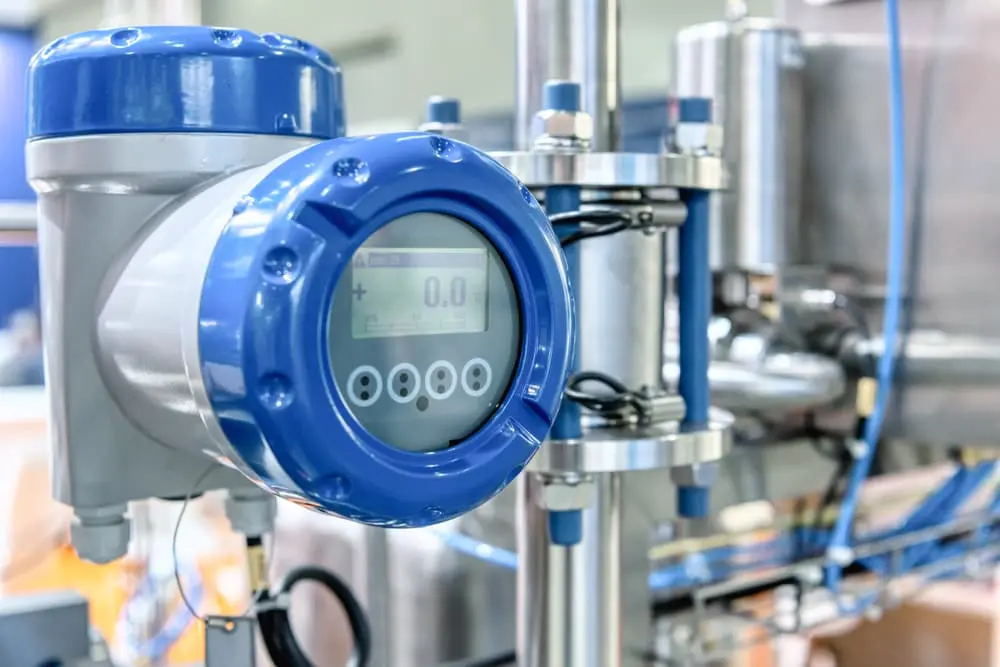
Cannabis oil has gained significant popularity due to its potential therapeutic benefits, including pain relief, anti-inflammatory properties, and anxiety reduction. The process of making cannabis oil involves several steps, from selecting the right strain to extracting and refining the oil. Here’s a comprehensive guide on how to make cannabis oil.
1. Selection of Cannabis Strain
The first step in making cannabis oil is selecting the appropriate cannabis strain. Different strains contain varying levels of cannabinoids, such as THC (tetrahydrocannabinol) and CBD (cannabidiol). THC is known for its psychoactive effects, while CBD is non-psychoactive and often used for medicinal purposes. Depending on the desired outcome, choose a strain with the right balance of these compounds.
2. Decarboxylation
Cannabis flowers contain cannabinoids in their acidic form (THCA and CBDA). To activate these compounds, decarboxylation is necessary. This process involves heating the cannabis to convert THCA to THC and CBDA to CBD.
Steps:
- Preheat the oven to 220-240°F (105-115°C).
- Break up the cannabis flowers into small pieces.
- Spread the pieces on a baking sheet lined with parchment paper.
- Bake for 30-45 minutes, stirring occasionally to ensure even heating.
- The cannabis should turn a light golden brown color.
3. Extraction
The next step is to extract the cannabinoids from the decarboxylated cannabis. There are several methods for extraction, each with its advantages and disadvantages.
A. Solvent Extraction
Solvent extraction involves using alcohol or another solvent to extract the cannabinoids.
Steps:
- Place the decarboxylated cannabis in a mason jar.
- Add enough high-proof alcohol (e.g., ethanol) to cover the cannabis.
- Seal the jar and shake it vigorously for several minutes.
- Strain the mixture through a cheesecloth or fine mesh strainer into another jar.
- Repeat the process with fresh alcohol to maximize extraction.
- Combine the filtered extracts and pour into a glass dish.
- Allow the alcohol to evaporate naturally in a well-ventilated area or use a double boiler to speed up the process.
B. CO2 Extraction
CO2 extraction is a more advanced and precise method that requires specialized equipment. It uses supercritical CO2 to extract cannabinoids, resulting in a purer and cleaner product.
Steps:
- Load the decarboxylated cannabis into the extraction chamber of a CO2 extraction machine.
- The machine pumps CO2 into the chamber, where it becomes supercritical, acting as both a liquid and gas.
- The CO2 extracts the cannabinoids, which are then collected in a separate chamber.
- The CO2 is evaporated, leaving behind pure cannabis oil.
4. Refining the Oil
After extraction, the cannabis oil may contain impurities or unwanted plant material. Refining the oil ensures a higher quality product.
Steps:
- Use a fine mesh strainer or coffee filter to remove any remaining plant material.
- To further purify the oil, perform winterization. Mix the oil with ethanol and freeze it overnight. The fats and waxes will precipitate and can be filtered out.
- Evaporate the ethanol using a double boiler or vacuum oven.
5. Storage
Proper storage of cannabis oil is crucial to maintain its potency and shelf life.
Steps:
- Store the oil in a dark glass bottle to protect it from light.
- Keep the bottle in a cool, dark place to prevent degradation.
- Ensure the bottle is tightly sealed to avoid exposure to air.
Making cannabis oil at home requires careful attention to detail and adherence to safety protocols. From selecting the right strain to decarboxylation, extraction, refining, and storage, each step plays a crucial role in producing high-quality cannabis oil. Whether for medicinal or recreational use, understanding the process ensures a safer and more effective product. Always consult local laws and regulations regarding the production and use of cannabis oil.






